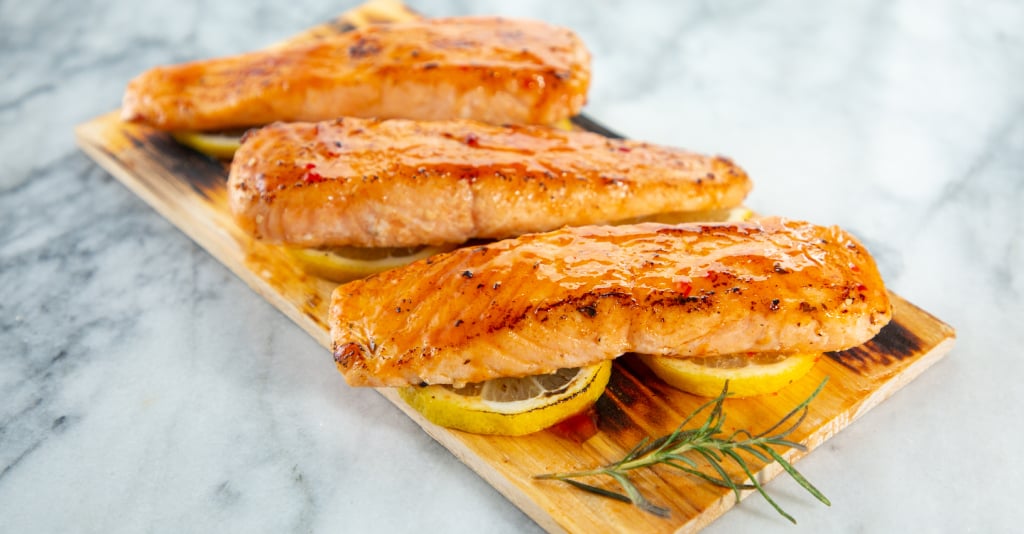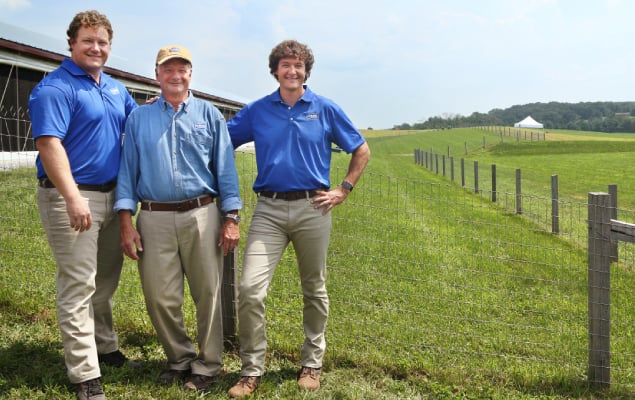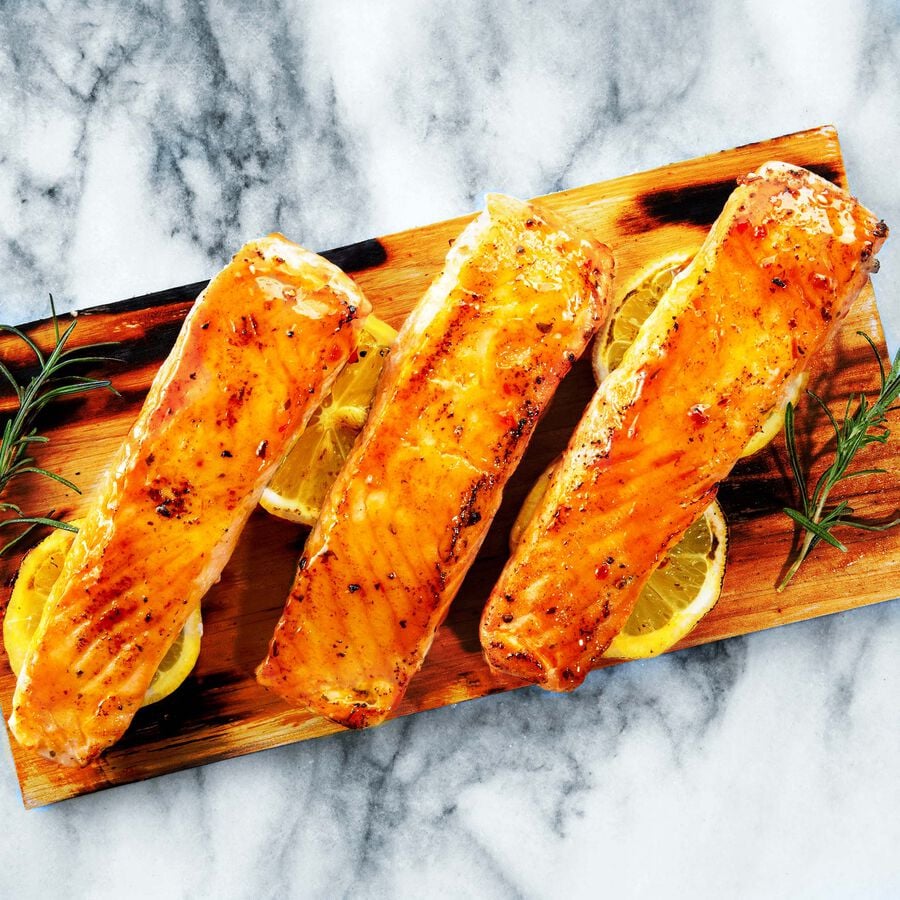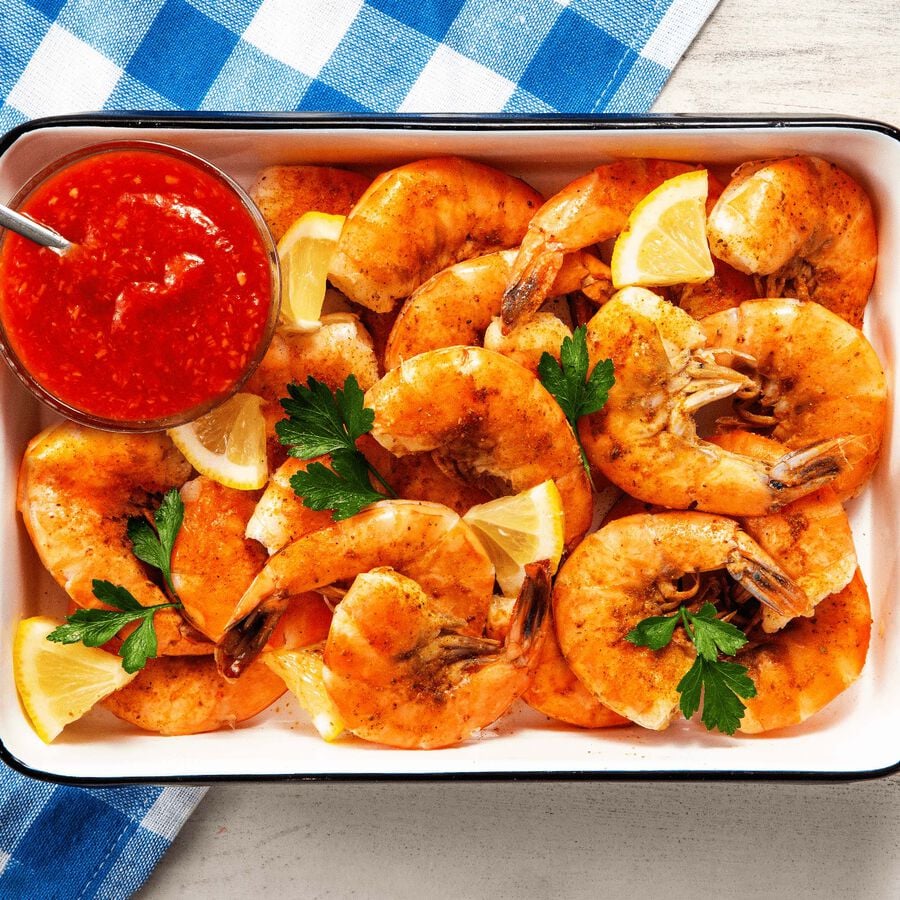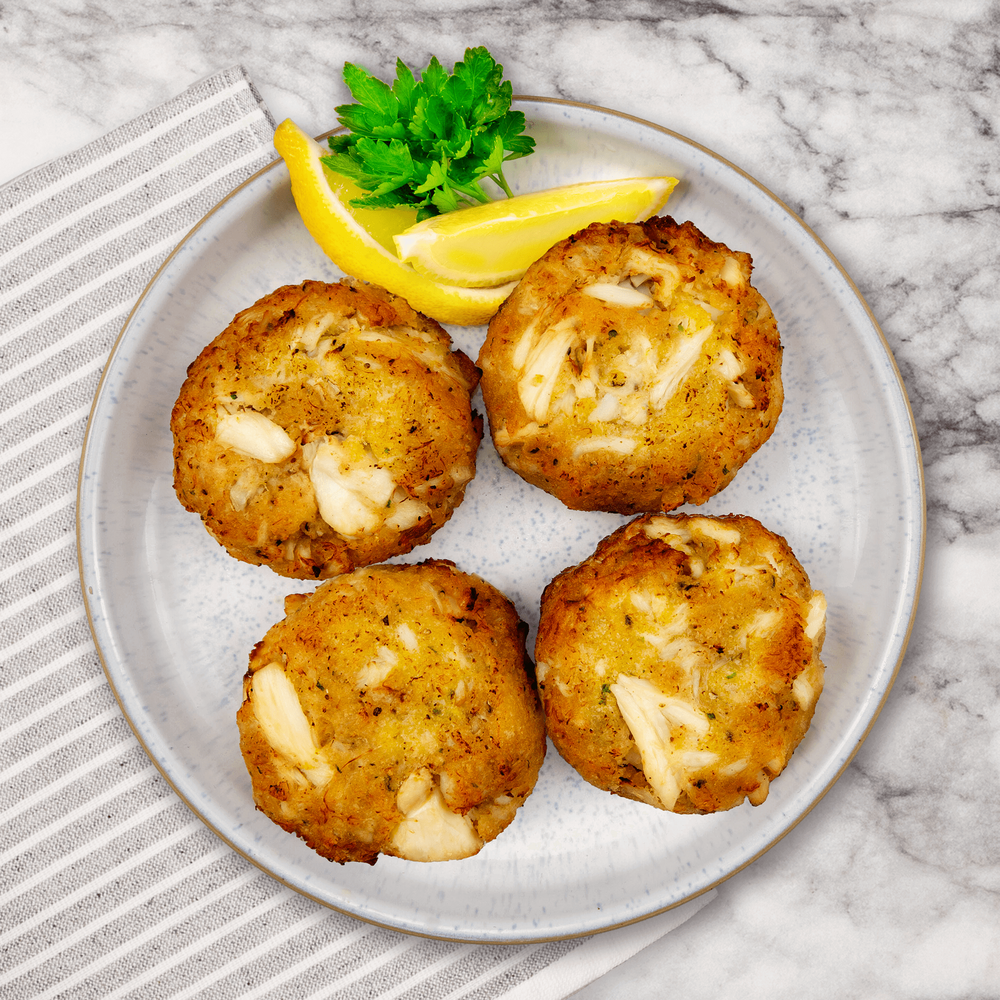Best Ways to Cook Salmon Fillets
Your order of Norwegian salmon fillets has arrived at your doorstep. Not sure what to do next? Our culinary team shares advice to make the most of your sushi-grade, sustainable fish. Learn how to defrost, season and store salmon fillets, as well as cooking tips for the oven, stovetop, grill and air fryer.
Place frozen salmon fillets, in their original packaging, on a plate or tray with a lip to catch juices. Place tray in the refrigerator on the lowest shelf to avoid cross contamination and let thaw overnight.
How Long Does It Take to Defrost Salmon: As a rule of thumb, a 1-inch fillet will take between 12 and 24 hours to completely defrost.
If defrosted salmon fillets remain in original, unpunctured packaging, they can be stored for up to two weeks in the refrigerator.
To let the natural fatty flavor of salmon shine through, go light on seasoning. Choose sea salt and a splash of acid, like lemon, before cooking, and finish fillets with a pinch of fresh chopped herbs like dill, oregano or parsley. A sticky brown sugar soy sesame glaze or an all-purpose seasoning blend that combines paprika, garlic salt, onion power and fine black peppers are also good options.
Before serving, finish salmon with a splash of lemon juice.
Salmon is cooked when the flesh flakes easily when pressed with a fork. The inside should appear somewhat translucent. If the inside is whitish pink, the fish may be slightly overcooked. Salmon is done when a digital meat thermometer, inserted in the thickest part of the fish, measures 140 to 145 F.
Preheat oven to 375 F.
Place salmon fillets on a baking sheet, place in oven on middle rack and bake for 10 to 12 minutes or until the fish is easy to flake with a fork and the inside is slightly translucent. Note: Salmon tends to whiten in color as it cooks.
Avoid sweet marinades or seasonings when broiling salmon as they may burn under the broiler.
- Place oven rack 6 to 8 inches away from the broiler.
- Preheat broiler for 5 to 8 minutes.
- Spray broiler pan with cooking spray. Place salmon, skin side down, on broiler pan and place pan on rack. Keep oven door open.
- To avoid overcooking, check salmon periodically. Do not flip the salmon, as it could break apart. Salmon should take 6 to 8 minutes to cook.
To create a nice sear, be sure to preheat grill before cooking
- Season salmon according to directions above.
- Turn gas grill on high. After 10 to 15 minutes (time will depend on BTU output and size/make of grill), scrape grates of debris and coat with an oiled rag or cooking spray.
- Reduce grill temperature by turning burners down to medium to medium high.
- Place salmon on grill and cook for 4 to 6 minutes, then flip. If salmon is sticking to grate, continue to cook and flip when fillets easily release.
- Check for doneness, following instructions above.
- Heat a medium to large non-stick pan over medium high heat.
- Add two tablespoons of olive oil to pan. Using a clean paper towel, dab both sides of salmon to remove excess moisture. Season and place fillets, flesh side down, in pan. Using a spatula, press filets to ensure that fleshy side makes contact with the pan surface.
- Cook for 3 to 4 minutes on the flesh side, then flip. Note: Flip salmon only once or twice as it becomes more fragile as it cooks.
- Cook for another 2 to 3 minutes on the skin side, then check for doneness with a fork or directions above.
- Spray the bottom of the air fryer basket with cooking spray.
- Place two salmon fillets in the basket, being sure not to overcrowd. Space between fillets ensures that air can adequately circulate and cook product.
- Cook at 350 F for 10 to 12 minutes or until fillets flake easily with a fork.
- Salad of greens and microgreens, served as a side or main course
- Green vegetables, like green beans, broccolini or broccoli
- Wild rice pilaf, as the nuttiness of the rice blends well with the flavor of the salmon
- Quinoa or couscous
- Lentils
Why Choose Perdue Farms?
When it comes to the food you feed your family, quality matters. And while there are a lot of options out there, Perdue Farms stands apart. In business for over 100 years, we are a fourth-generation, family owned American food and agriculture business that from the beginning has worked with family farmers.
